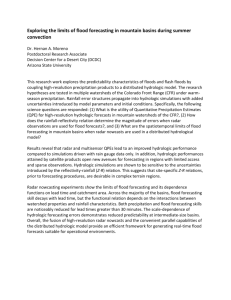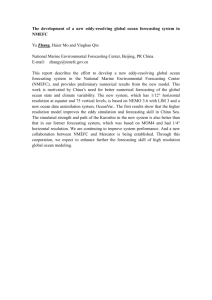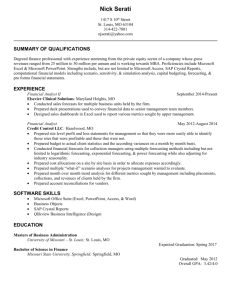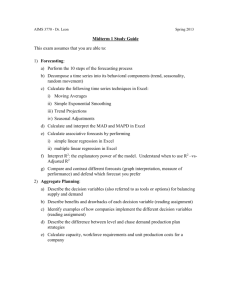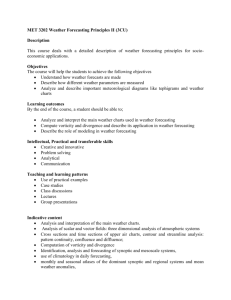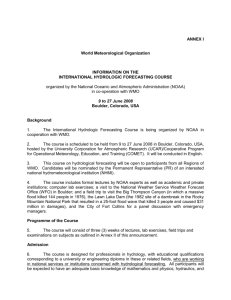Title: HydroForecaster: An Open Source GIS
advertisement
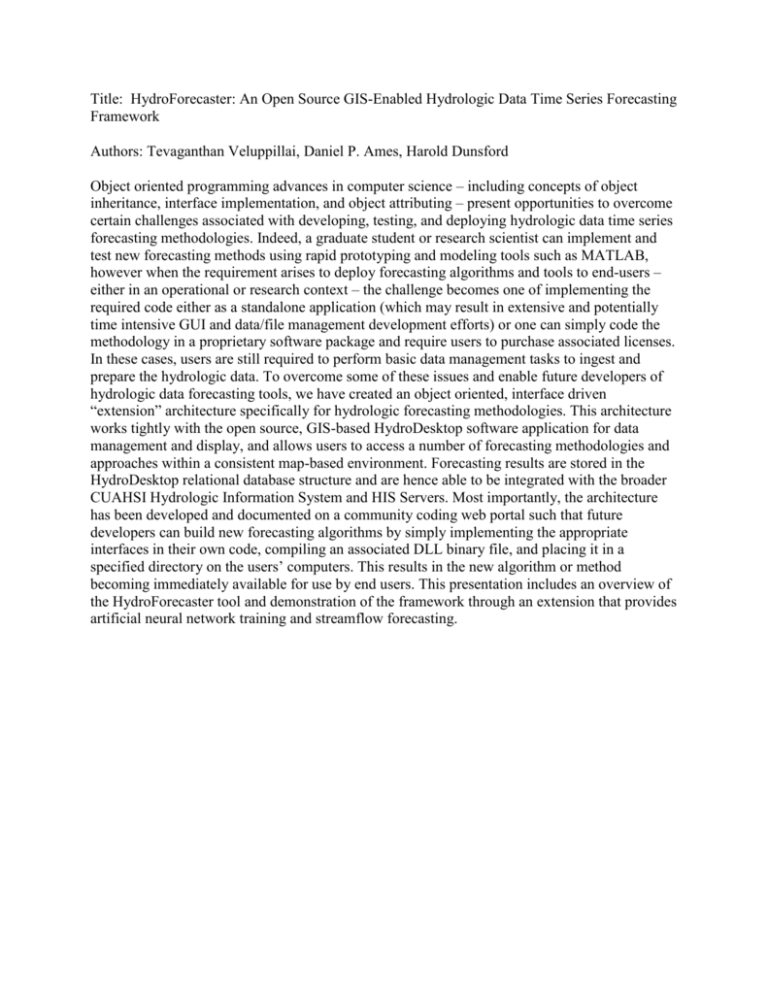
Title: HydroForecaster: An Open Source GIS-Enabled Hydrologic Data Time Series Forecasting Framework Authors: Tevaganthan Veluppillai, Daniel P. Ames, Harold Dunsford Object oriented programming advances in computer science – including concepts of object inheritance, interface implementation, and object attributing – present opportunities to overcome certain challenges associated with developing, testing, and deploying hydrologic data time series forecasting methodologies. Indeed, a graduate student or research scientist can implement and test new forecasting methods using rapid prototyping and modeling tools such as MATLAB, however when the requirement arises to deploy forecasting algorithms and tools to end-users – either in an operational or research context – the challenge becomes one of implementing the required code either as a standalone application (which may result in extensive and potentially time intensive GUI and data/file management development efforts) or one can simply code the methodology in a proprietary software package and require users to purchase associated licenses. In these cases, users are still required to perform basic data management tasks to ingest and prepare the hydrologic data. To overcome some of these issues and enable future developers of hydrologic data forecasting tools, we have created an object oriented, interface driven “extension” architecture specifically for hydrologic forecasting methodologies. This architecture works tightly with the open source, GIS-based HydroDesktop software application for data management and display, and allows users to access a number of forecasting methodologies and approaches within a consistent map-based environment. Forecasting results are stored in the HydroDesktop relational database structure and are hence able to be integrated with the broader CUAHSI Hydrologic Information System and HIS Servers. Most importantly, the architecture has been developed and documented on a community coding web portal such that future developers can build new forecasting algorithms by simply implementing the appropriate interfaces in their own code, compiling an associated DLL binary file, and placing it in a specified directory on the users’ computers. This results in the new algorithm or method becoming immediately available for use by end users. This presentation includes an overview of the HydroForecaster tool and demonstration of the framework through an extension that provides artificial neural network training and streamflow forecasting.




